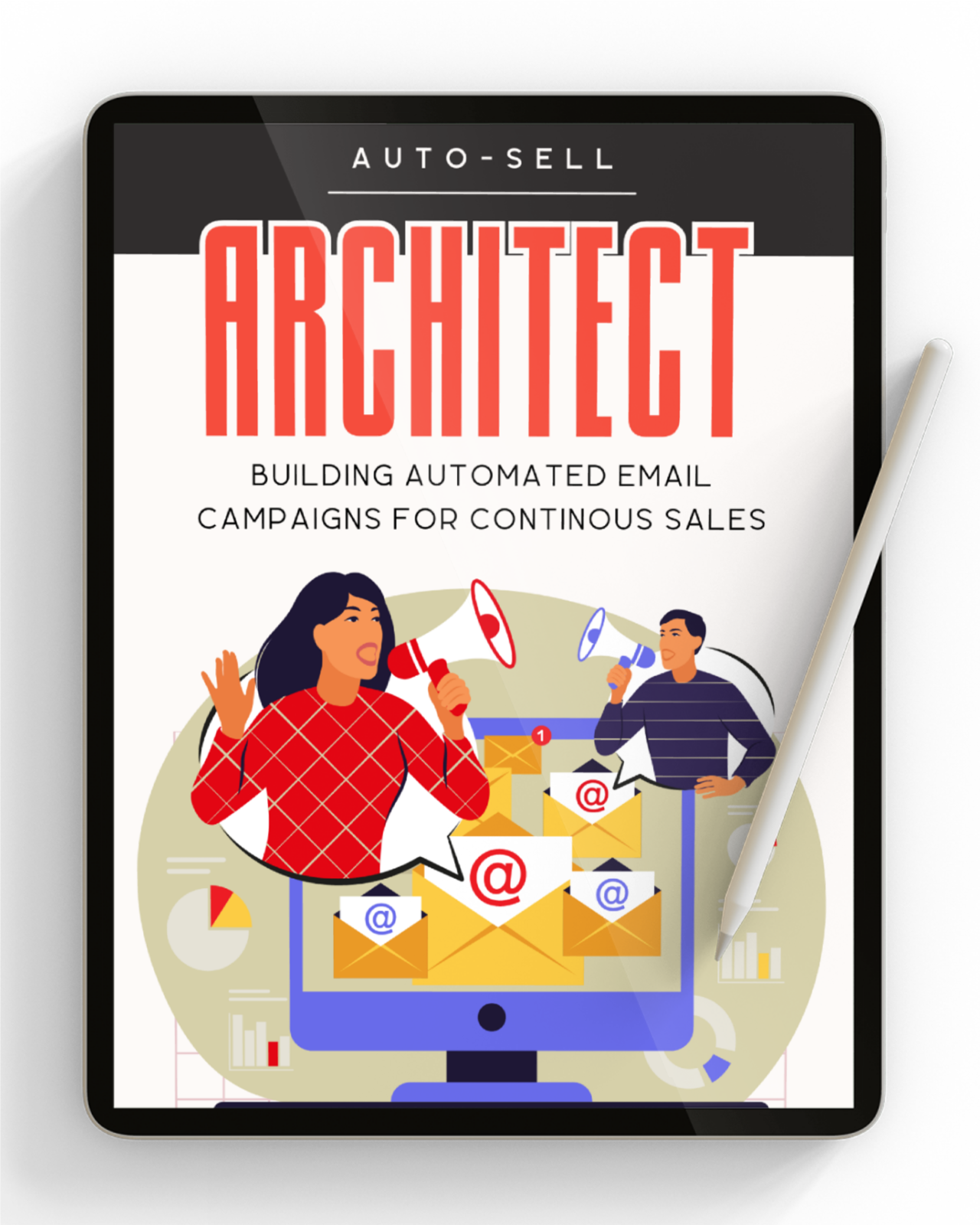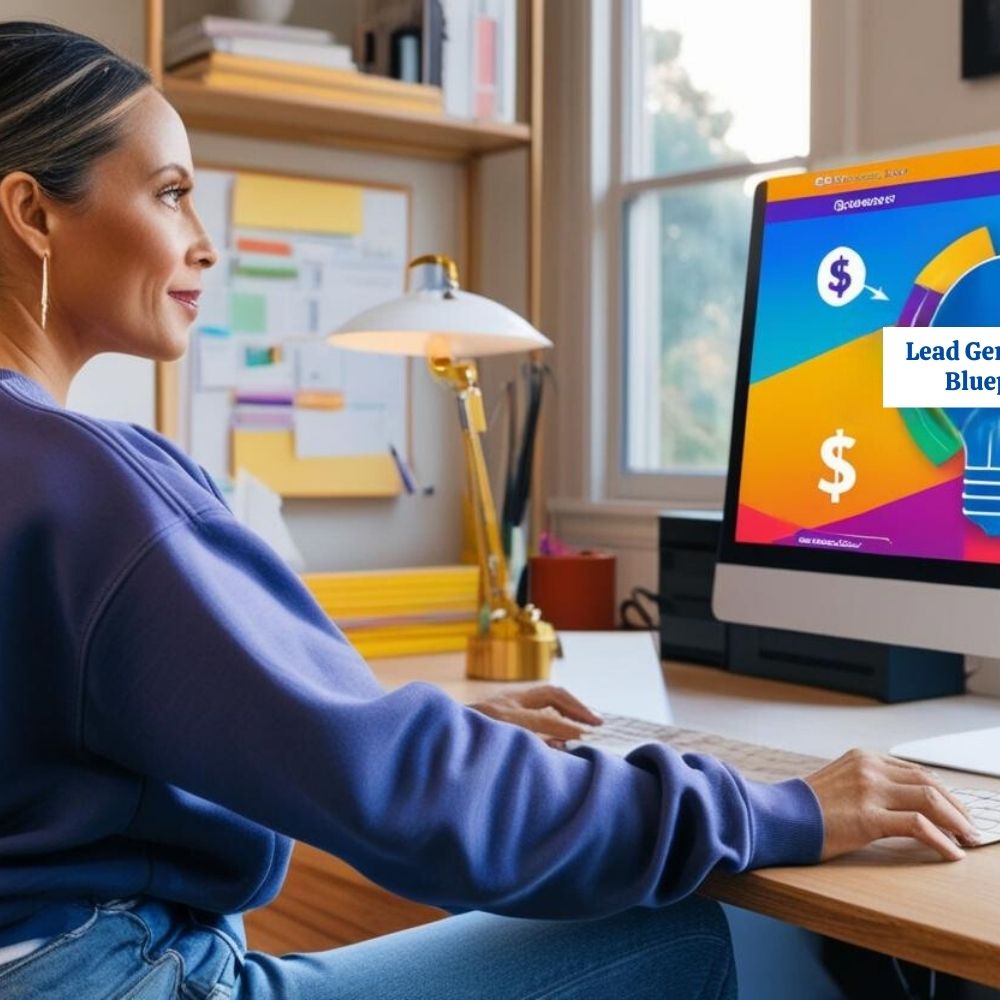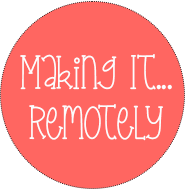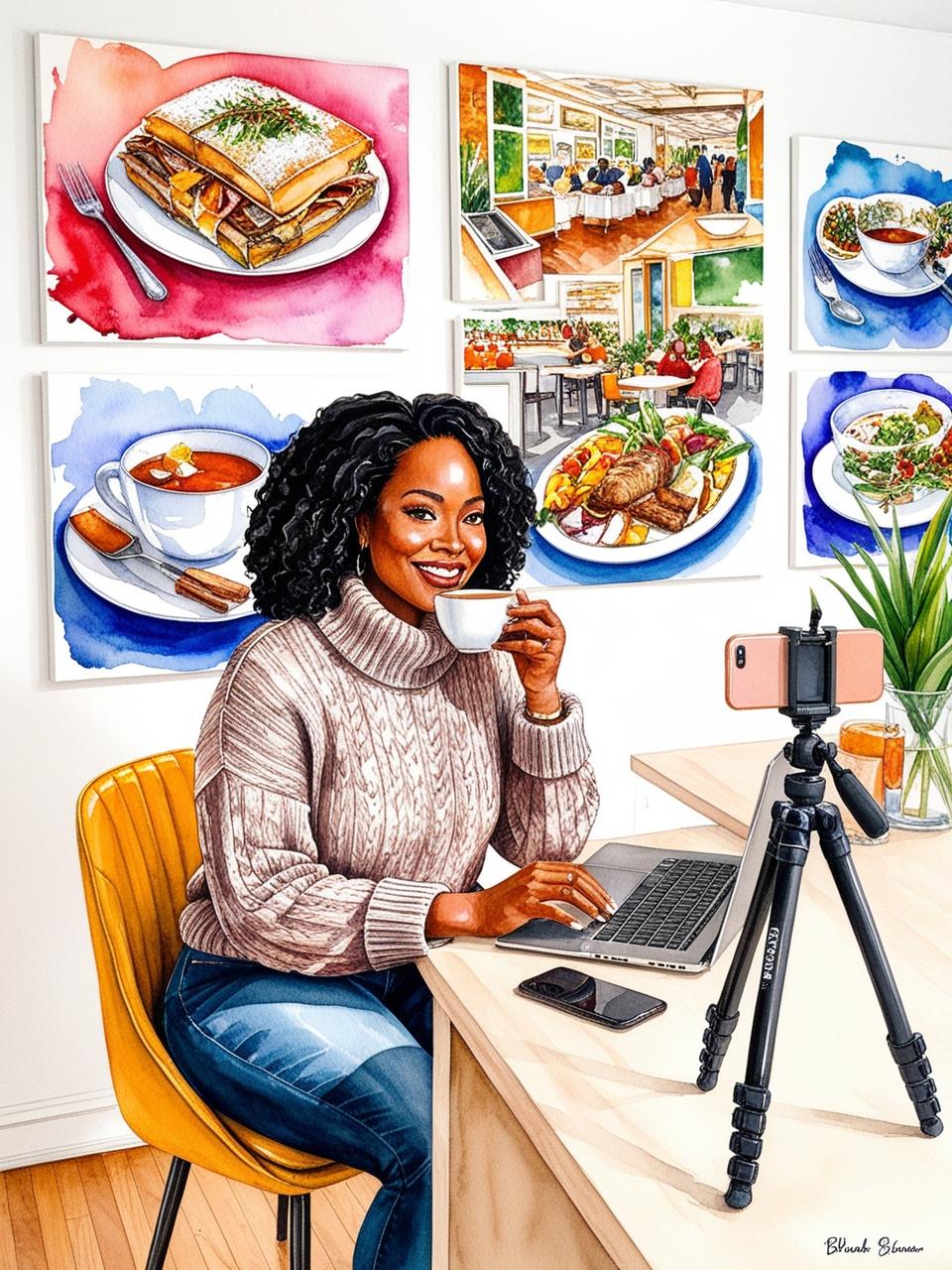Are you a master at creating great looking visual elements? Do you love using tools like Canva, Photoshop, Illustrator and other online visual graphics tools to draw, and create artwork?
Are you looking for a side hustle or even a full time career that you can work from home? This article will show you work from home ideas for illustrators or graphic designers.
Affiliate Disclaimer: This page may contain affiliate links. If you use these links to make a purchase, I will receive a small commission. However, using these links will have no effect on you or your purchase in any way. For more information refer to our disclaimer page.
Being a graphic designer requires and eye for style and design along with skills that will enable you to create visual images, print materials, digital art and web pages that are pleasing to the eye and functional in helping your clients reach their sales and marketing goals.
Industry Information
Many businesses large and small are in need of someone to design their logos, websites or visual ads. If you have a degree or certification in this area you can make a comfortable salary.
The more skilled you are, the more clients you’ll likely get through testimonials and word-of-mouth, which is the best endorsement to receive.
Qualifications
If you have a degree or certification in this area you can make a comfortable annual salary, around $45,000 in many places. Since this is a visual field, it’s a great idea to put together a portfolio that shows your work.
Employers will want to know that you have a body of work that shows your style and approach to the kind of work you will be doing. If you have references or links to other companies you’ve worked with, include that in your portfolio.
If you have a blog, the tools you’ll receive in themes like Thrive Suite will allow you to create an online gallery of your works of art. There are also several marketplaces that you can use to sell and showcase your work.

Bring your ideas to life and Get Started with Shopify
The future of business is yours to shape. Sign up for a free trial and enjoy your first month for just $1.
Ease of Entry
With a solid portfolio that showcases your work, and a few references, you may not need to have a degree or certification. However those credentials would help.
A great way to enter the graphic design field is to sell your art on an online marketplace like Etsy, and there are many more. Scroll down to see sites where you can promote and sell your artwork,
Having a solid background using graphic design tools like Adobe Illustrator and Photoshop, Canva as well as HTML, CSS, and XML will be of value to you in your design business.
If you’re good with Adobe Illustrator and Photoshop, get an account for Adobe Creative Cloud and use these tools to create visual content for your self and clients.
The Creative Cloud account can be paid monthly or annually and enables you to use the entire suite of Adobe tools Photoshop, Illustrator and other tools like After Effects, a digital motion graphics platform used to create either simple animations or intricate graphics sequences.
Adobe InDesign, is used to create flyers, brochures, magazines, newspapers, posters, business cards, postcards, stickers, comics, and many other types of documents or visual communication. Audition, a comprehensive toolset that includes multitrack, waveform, and spectral display for creating, mixing, editing, and restoring audio content. Premier, is the industry-leading video editing software for social sharing, TV, and film. It also includes the version of Adobe Reader DC that you can use to create editable PDF files, another great service you can provide for clients.
If you don’t know how to use Adobe products you can sign up for Canva, a popular photo editor. Canva has quite a few features that will help you create great looking documents. However it’s not the industry standard that when seen on your resume will help you land jobs with leading companies.
At the same time, Canva is used by a LOT of online businesses. So if your target audience includes online businesses, this could be an opportunity for you.
Automate Your Email Campaigns
This 62 page printable workbook will walk you through setting up email campaigns that will sell for you on auto-pilot, allowing you to handle other aspects of your life. It's a great way to connect with more of your target audience without sitting in front of a computer all day.

Graphic Design Niches and Ideas
One of the first things to do is to pick a niche. A niche is an area of specialty that will help you understand and build an audience of loyal followers.
The more specific you are in terms of who you want to serve, the problems you can solve and the profit potential of any niche you choose, the better.
So it's important to do your homework to ensure that your niche is going to provide the income you're hoping for.
Here are a few work from home ideas that illustrators and graphic designers can pursue:
- UX/UI (User interface) Design (websites, apps, interfaces, etc)
- Marketing, Branding & Identity Systems (logo, merch, newsletters)
- Packaging design
- Data Visualization
- Print on demand
- Type Design (Typefaces, logotypes, font refinement)
- Editorial (Magazines, newspapers, etc)
- Advertising design
- Niching down to a specific industry
- Social media content
Equipment and Gear
The equipment you'll need to be successful in illustration and graphic design, will include the following:
An Internet Device - You can start with a desktop, laptop or tablet. The iPad and stylus are commonly used by graphic designers with programs like the ProCreate app, Adobe Illustrator and Photoshop. The screen on a cell phone would be too small to do justice to design work. However you can share your designs using your cell phone.
A Back up Drive - A back up hard drive will be needed because high resolution graphics will take up a lot of space on your device. You'll need a extra hard drive storage especially if you'll be storing files for clients.
A SmartPhone - A smartphone with memory, camera and video capabilities will enable you to get your messages, emails and share images on social media.
Studio Camera - You'll need a DSLR camera with recording capabilities that performs well. Some of the higher end cameras are expensive, but if they help you get higher end clients that are willing to pay for your services, the camera will pay for itself in no time. Cameras used on a daily basis need to perform.
You'll need a camera that will provide years of reliable service. It's important to find a camera that takes high quality images and videos without breaking the bank.
Hi Resolution Monitor - The ability to run dual monitors will make your design life a lot easier. You'll need a monitor that's large enough to display large images and videos with room enough to manage lots of open control panels.
Creative Software - Adobe Creative Cloud is the industry standard for design professionals – the range and depth in its suite of tools is unrivaled by any other company. you get Photoshop, Illustrator, InDesign, After Effects and loads more.
If you’re looking to be truly multi-disciplined and regularly share a workflow with other designers, Adobe is what you want to learn. Get the Creative Suite or buy the individual plans that will suit your needs. Take a look at all Adobe Creative Cloud Plans and Pricing.
The ProCreate app (available on the Apple platform) and Canva are two other tools that designers use to make amazing designs. Canva is an alternative for designers who aren't familiar with Adobe, lots of templates for most document types.
Scanner - Use a scanner to get your paintings and drawings into tools like Photoshop or Illustrator. Once it's scanned you can edit the artwork, save it in various formats, create images, patterns and clipart images that can be used in an online portfolio or print on demand services.
You can use a regular scanner to work with your images. The scanner I use is an HP Deskjet 2700 all in one printer/scanner/copier for my scans. To see how this process works check out this video by Sandra Eide.
Anti-Virus Software - When working with client files you'll need to be sure that your computer and equipment stays free of viruses. These days you can't be too careful. It's easy to fall victim to a virus or malware. You don't even need to be doing anything particularly risky; simply opening a PDF that appears to be a client invoice could be enough to infect your computer, encrypting or deleting your extremely valuable work. I use McAffee anti-virus software, but there are a number of different options available.
Training - If you're not familiar with Adobe products and you want to learn, invest in training courses that will show you how to use Adobe Photoshop and Illustrator at a minimum. There are also lot's of free tutorials on YouTube, including the Adobe YouTube Channel.
Here are some ideas, however all these items can add up to a pretty penny. For a bare bones shop, you only need design software capabilities, anti-virus software and a device that allows you to create professional designs.
Work from Home Ideas for Graphic Designers
makingitremotely.com
Where to Showcase and Earn From Your Work
There are several places you can use to showcase and earn from your artwork. Before placing your art on a site it's a good idea to (1) research the site to make sure it is in line with your niche and target audience, (2) choose a niche, and (3) establish income goals for your design business.
For example, have you thought of creating original pieces and selling them in a gallery-like setting?
Your Business Needs an Audience
Get Started and Take the First Lesson on Us!

That shows you how to build an audience of people who are looking for your products and services.
Opening a Shop That You Own and Control to Showcase Your Work
You can of course sell your artwork to brick and mortar galleries, but another option that can bring in passive income includes creating an eCommerce shop from your WordPress blog. This eCommerce functionality will allow you to sell products from a platform you own and control.
Here are a few more resources you can use to showcase your work, based on your goals.
This is a small list of places you can use to showcase your work and earn somewhat passive income. The goal is to create your work once, and get paid for it repeatedly over time. I will be adding to this list as I learn about more resources.
Check Out Our Demo Sites!
Browse niche specific demo pages that show you what's possible. You can build a site yourself with our free course, or have us build one for you to engage with more leads and customers.
Starting a Blog
Having a blog will provide a platform you can use to promote any business you decide to pursue. The goal is to create content that will help those in your niche.
Use your blog as a way to showcase and sell your work, while adding value for potential customers.
The biggest benefit of having a blog (besides having a place online that you own and control) is that with a blog you'll never struggle with what to say or where to send potential customers.
And where you send your potential customers is REALLY important.
With well crafted, value added, results oriented content, you can let your blog do the talking to tell your story and help people understand how you can help them.
Another benefit is that the offers and landing pages from your blog will generate leads, people you can talk to about your business.
Blogs also help to establish your business as the "go to" resource for the best tips, tools and the best knowledge available in your chosen niche.
A blog will enable you to focus your content on your chosen niche. Sell products, create courses, recruit, inform, entertain all while earning passive income. If you don't have a blog, create one by clicking the button below.

Start a WordPress Blog
Create a sales and marketing system that works 24/7 to convert visitors into engaged customers.
Sharing Your Knowledge... Creating Courses
There are several online platforms like Coursera, uDemy, Fiverr and more that will allow you to teach others how to draw, paint, use tools like the Adobe Suite or Canva and more.
There's also an opportunity to teach others the business side of design, for example, how to license, promote and sell artwork online.
Discover How to Sell Your Expertise
Learn about tools and resources you can use to sell the knowledge you've acquired from a job, hobby or interest.
A blog provides opportunities to train others and share your knowledge of specific niches and industries. Packaging and sharing your knowledge and insight can be a gold mine for someone who is looking to get into the industry.
Blogging allows you to create your own income and career path versus waiting for a company to hire you.
The tool we use to teach here at Making It Remotely is Thrive Apprentice. It's a part of Thrive Suite, an all in one sales and marketing membership for WordPress. Learn more about this tool and how it might work for you by clicking here.
Become an Affiliate
There are many companies and marketplaces that will provide a commission to graphic designers when they send them customers. To find companies that have affiliate programs, enter "your niche" + affiliate programs into your browser.
For example, if your niche is advertising design, you would enter "Advertising design" + affiliate programs. Use the results to find programs that you might be interested in.
Other companies will enable graphic designers to license and sell their artwork in a marketplace.
There is also another avenue for designers who want to use their knowledge of color, type and design to work with print on demand companies.
Print on demand designers will put their artwork on apparel, stationery, home decor and accessories for sale online.
Discover how affiliate marketing can help you earn from multiple sources.
Getting Started
Let's review... So far, we've looked at several work from home ideas for illustrators and graphic designers. Each one presents a potential source of income including:
- the areas of specialty (niches) shown above
- becoming an affiliate
- working as a contractor or freelancer
- opening a shop that allows you to sell your designs
- starting a blog
- creating courses
- selling your artwork and merchandise with print on demand (POD)
Some of these areas will enable you to earn active income, and others will result in passive income. I wouldn't recommend jumping into all these areas at once.
Working From Any Location
All these methods will give you the ability to work from home or any location. To avoid overwhelm, take it one step at a time, focusing on earning from one income generating method until you get results before moving on to the next.
At some point, you'll be experienced enough to earn from all of these sources at once, generating income that has the potential to be life changing.
A great strategy would be to start with one business. As your first business grows, you can add on additional income sources. These models help entrepreneurs to build an "income portfolio" that enables them to earn from a number of different sources.
Is a Formal Degree Necessary?
To start working as an artist, illustrator or graphic designer, with absolutely no degree and no experience, may have been a stiff requirement in years past.
A formal education may be a path to take if you want to land a job or contract with a major corporation.
At the same time, the internet provides an excellent platform that you can use to showcase your talents. Creating a portfolio of your work, networking and showcasing the clients and results you've received, along with customer testimonials can speak for themselves. Either you will excel at art and graphic design or you won't.
If you need help, there are short term programs that you can take to obtain a certification and you can also get a 4-year degree.
There are people who have a natural ability to draw most anything but they may not know how to use tools like Photoshop or Illustrator.
I saw this with my son, who from the time he was in his crib, had an interest in drawing and writing diagrams on the walls. When you have natural abilities in this area, a short term Photoshop and/or Illustrator course may be all you need.
I know there are tons of people who are gifted with natural drawing abilities when it comes to creativity and artistic design. If you're one of those people, a formal 4 year design degree may not be needed in order for you to earn as an illustrator or graphic designer.
There may be people who are good at design, drawing as well as the Adobe tools, but they may not be good at the business side of things. So there are lots of factors to consider.
If you've always loved design and illustration, you have probably received feedback on your work. I would use that to judge whether there's an opportunity for you to earn in this industry.
To try your hand at design, sign up for freelance sites like Fiverr, Upwork and Guru to find paid gigs you can do to build your portfolio and establish connections with companies that use graphic designers.
If you’re good and you establish a great relationship with your clients, it goes a long way to helping you receive repeat business and word of mouth referrals and testimonials.
Another good way to build your portfolio is to volunteer to do graphic design work for local organizations and businesses.
Volunteering may not pay the bills but it’s a great way to establish relationships in your local community and showcase your work in prominent places. Your volunteer clients can be a great source of referrals and testimonials for your business.
If you’re good at creating visual media, wall art and prints, you can sell your artwork online. You can also create courses and get paid to show others how to use the tools of the trade Adobe Photoshop and Illustrator.
You can also create clothing, housewares, wall art and accessories with your creations on them for sale in online marketplaces like Etsy. Create templates using the pro version of Canva and sell them using Etsy. When someone buys them, send them the link to download them and use them for their own purposes.
There are other marketplaces like Envato and Creative Marketplace where designers can license their works of art to others.
Your Getting Started Checklist
Here are the next steps that will get your graphic design business off to a great start:
Taking these steps will get your side hustle off to a wonderful start. Be sure to click on the links in each step for more details.
You can also become a subscriber and gain access to our free training hub for knowledge and resources every business owner should have in their toolbelt.
Subscribe to Our YouTube Channel
We're helping creative business owners go from stuck and confused to empowered and thriving one video at a time.





